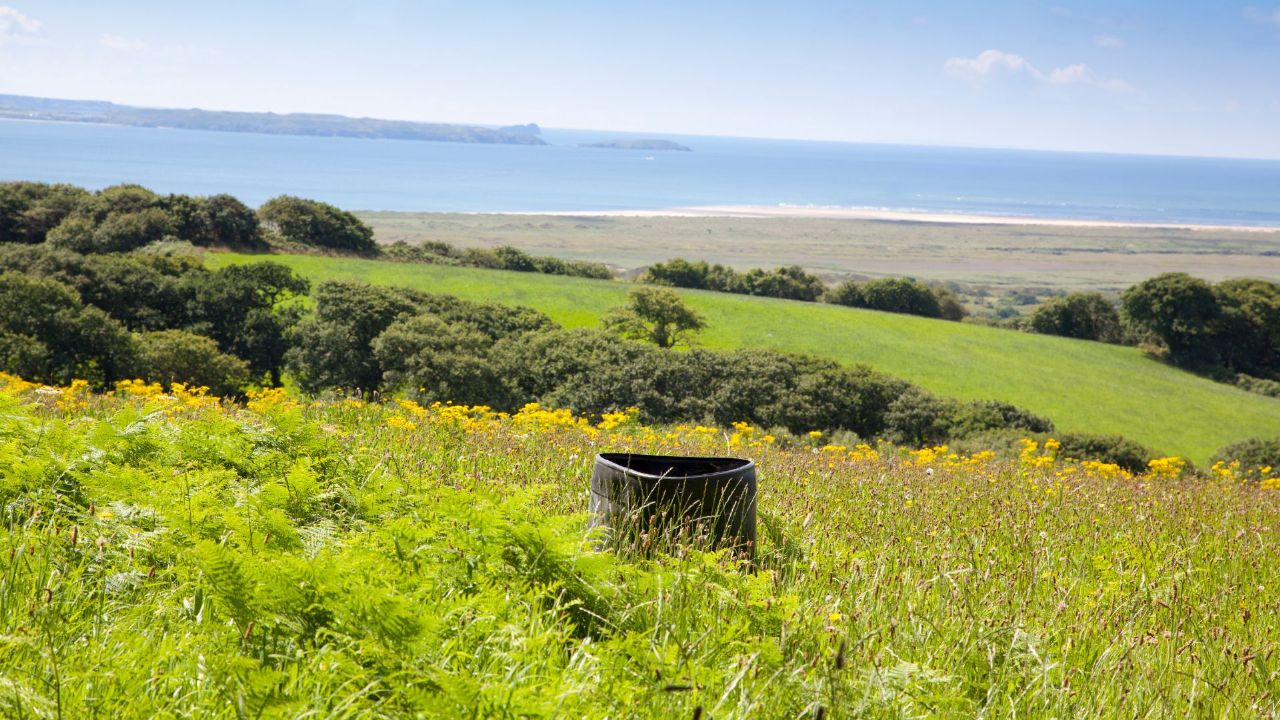10 years of Simple System HayCare!
During its 10 years so far, it has become apparent that HayCare is so much more than a hay replacer...

We do bang on about ragwort! It is an excellent plant for pollinators and the main food source for the caterpillars of the cinnebar moth. It has a long flowering period, which means it is supplies nectar for a lot of insects, for a long time. Although it is poisonous, it is not palatable, so why are horse owners so keen to get rid of it from their pastures?
Did you know? A well-known researcher who stopped to pull ragwort from an infested field with his bare hands later tested positive for liver enzymes. The toxin had entered through his skin. So don’t knock us for being careful when we handle ragwort.
During its 10 years so far, it has become apparent that HayCare is so much more than a hay replacer...
Grass has the potential to grow all year, which is different from many other plants. Certain things are necessary for this growth, but if they are not met, the grass will be dormant, waiting for conditions to improve.Â
Rain fall can trigger growth akin to a spring flush, especially if temperatures are high. Even whilst true spring may be in the past, the risk for those prone to laminitis will rise.